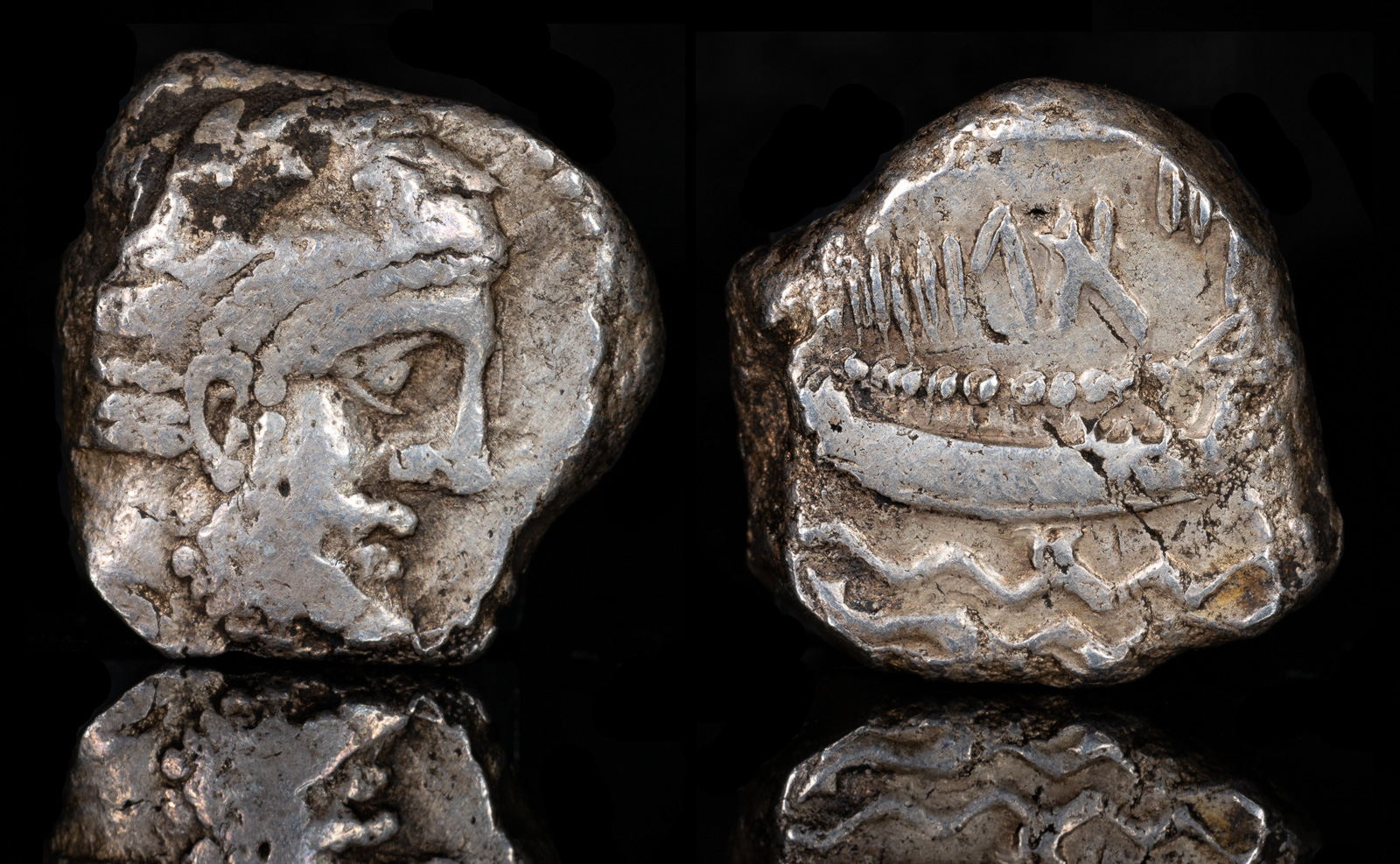Phoenician
View All Tags
The Phoenician script was an abjad, meaning it primarily represented consonants, with vowels generally not being indicated. It consisted of around 22 characters, each representing a single consonantal sound. This simplicity and adaptability made it much more efficient than earlier cuneiform or hieroglyphic writing systems, which were more complex and used hundreds of symbols. The Phoenician alphabet was therefore easy to learn and could be adapted to various languages, which contributed to its widespread use.
The Phoenician script is considered the precursor to many subsequent alphabets, including the Greek, Latin, and Hebrew alphabets. The Greeks, who encountered the Phoenician script through their trade and cultural interactions, adapted it in the 8th century BCE to create their own writing system, which introduced vowels and further influenced the development of Western writing systems. The impact of the Phoenician alphabet extended well beyond the Mediterranean, shaping the development of literacy in the ancient world.
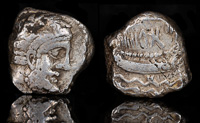
Gerostratos of Arados 335/334 BCE
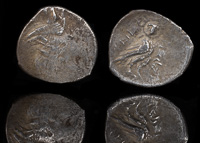
Hezekiah 332-302 BCE
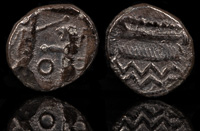
Samaria 375-333 BCE
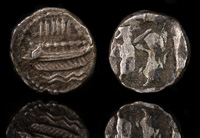
Straton of Sidon 337/36 BCE
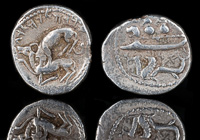
Urimilk III of Byblos 333 BCE
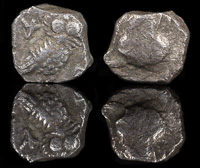
Yehud 375-332 BCE
